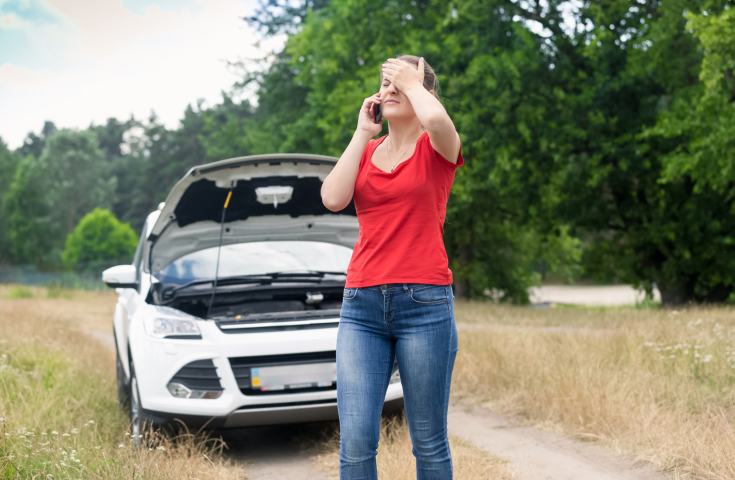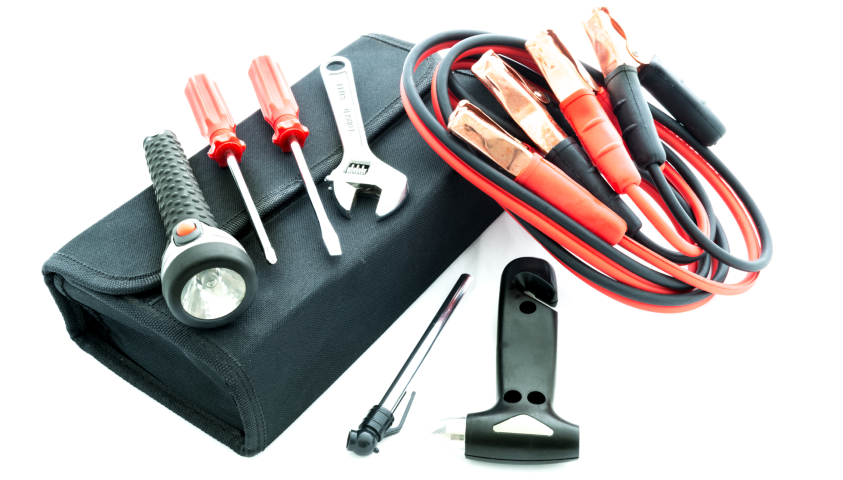 Drivers should know how to handle basic car emergencies: flat tires, dead batteries, and overheated engines. But there are other roadside and traffic emergencies that car owners need to be prepared for, especially if you’re off on a long road trip. A good way to be ready for them is to be equipped with the essential items to handle any situation. Some car insurance providers in Canada even have posts on their website covering everything you need to know about building an emergency kit.
Drivers should know how to handle basic car emergencies: flat tires, dead batteries, and overheated engines. But there are other roadside and traffic emergencies that car owners need to be prepared for, especially if you’re off on a long road trip. A good way to be ready for them is to be equipped with the essential items to handle any situation. Some car insurance providers in Canada even have posts on their website covering everything you need to know about building an emergency kit.
Car Documents
Most roadside emergencies, especially traffic accidents, require proof that you are the owner of the vehicle you’re riding in and that you are authorized to drive it. You should always have the necessary documents (or at least copies of them) in your vehicle at all times. This includes your driver’s license, car registration, and auto insurance papers.
It’s also helpful to keep a list of emergency contact details: your parents or spouse, your car insurance agency, a nearby hospital, the fire department, a towing service, etc.
Food & Water
Snacks are a good thing to keep in the car for traffic jams. In more dire situations, like being stranded in a remote area, you’ll need to stock up on more wholesome food that has a longer shelf life, such as energy bars, instant meals, canned goods, and dried food. 72hours has a good variety of choices for pre-packed ready to eat meals.
Keep emergency water in plastic bottles. This prevents them from breaking if frozen and makes them easier to carry around should you have to abandon your vehicle. Store these in a cool, dry spot in your car away from direct sunlight, either in your trunk or in the backseat, under a blanket.
Both food and water should be replaced or replenished every six months at the minimum.
First Aid Kit
A first aid kit should include both essential medication and medical supplies to treat common ailments and injuries. Make a checklist that includes aspirine, anti-diarrhea meds, anti-histamines, antibiotic ointment, gauze, tape, bandages, non-latex gloves, tweezers, scissors, and a thermometer.
If you or a family member have specific conditions such as diabetes or asthma, you’ll need to be equipped with medical provisions for these, too.
Regularly check the contents of your first aid kit and replace any expired supplies (medicine, in particular) when needed.
Grab-and-Go Bag
As its name suggests, a grab-and-go bag is a carrier packed with everything you might need in situations that force you to make a quick escape. Think of it as an overnight bag or a light travel bag for a quick trip, plus some survival items.
A basic grab-and-go bag contains food, water, a first aid kit, clothes (including weather-specific garments), toiletries, battery packs, extra money, a whistle, a flashlight, and a radio. If you have one, it would also be helpful to carry a utility knife. Place all of these in a sturdy backpack for easy carrying and place it right in the trunk of your car.
Car Emergency Box

It should go without saying that you need to have a spare tire, jumper cables, and a bottle of engine oil to address basic car emergencies. But having a car emergency box prepares you for all kinds of car-related troubles outside of these and should contain additional items such as a fire extinguisher, battery chargers, towing cables, antifreeze windshield fluid, and road flares.
A car emergency box can also double as a utility kit with tools to solve a broader range of technical issues. It can include screwdrivers, pliers, wrenches, duct tape, WD-40 (or other similar lubricants and degreasers), and any additional tools you think would be useful.
You should also have a car manual on hand, so you know how to use these tools in different emergencies and make any necessary repairs.
Chargers & Battery Packs
A smartphone can be one of the most useful tools during an emergency, but it becomes useless when it has no juice. That’s why it’s essential to carry a spare charger and portable power bank to charge up your phone if your car dies and you’re suddenly on low battery. You can even buy power banks that are strong enough to jump start a car, which can be a life saver in certain situations.
Maps
We rely on GPS to get us where we’re going. But when technology fails us—which can be quite common on the road, especially when you’re passing through more remote areas—physical maps can mean the difference between being stranded in an unknown location and finding the right way home. For extra insurance and peace of mind, you can also pack a compass in your emergency kit.
Emergency Preparedness
Being prepared for emergencies requires a lot of foresight. You must be able to anticipate different scenarios with a solution-focused mindset; from there, you can plan out what you need to address possible issues. By building out an emergency car kit as an Essential Items you ensure that you’re much better prepared to handle any unexpected situation










